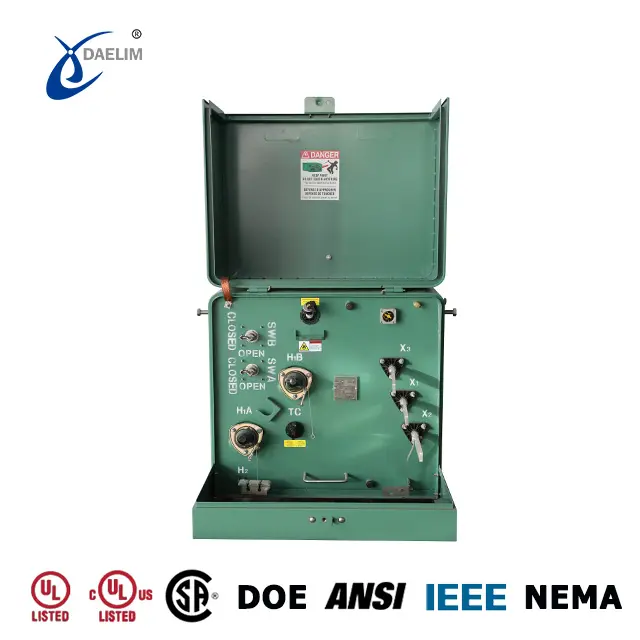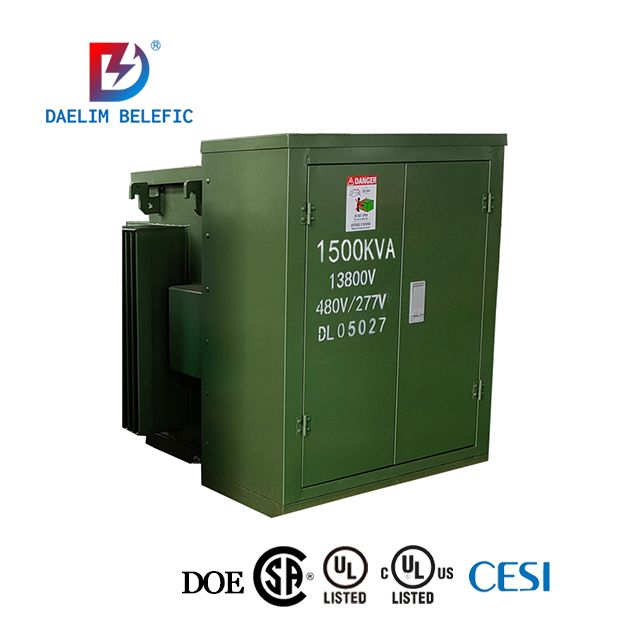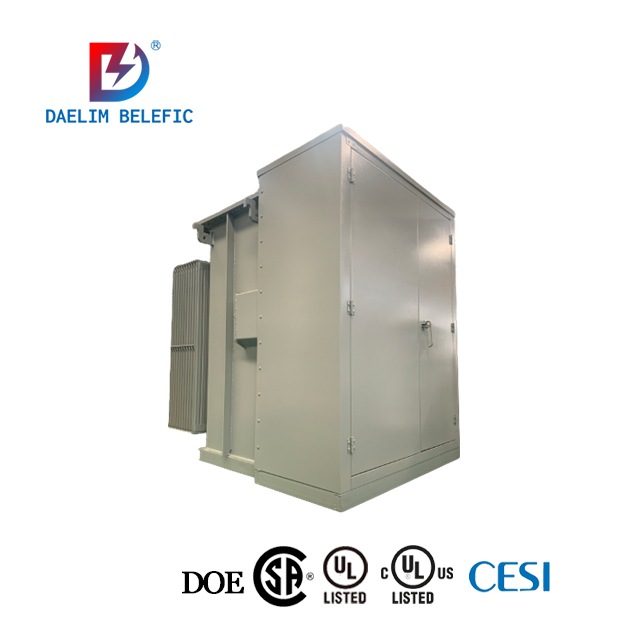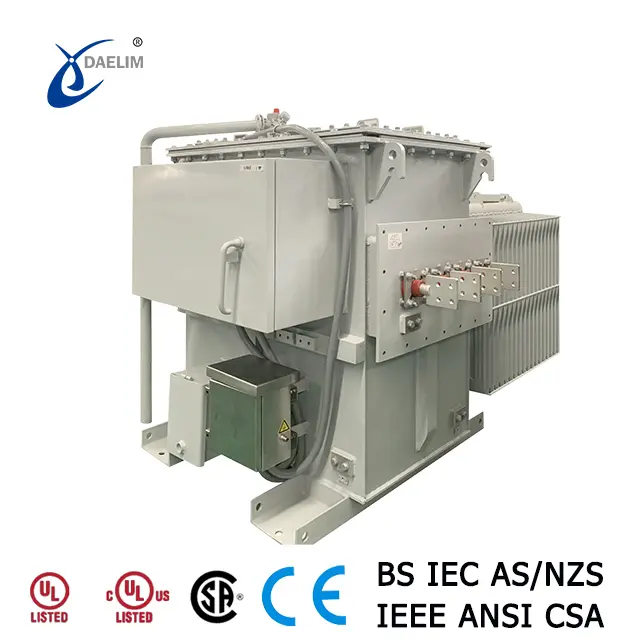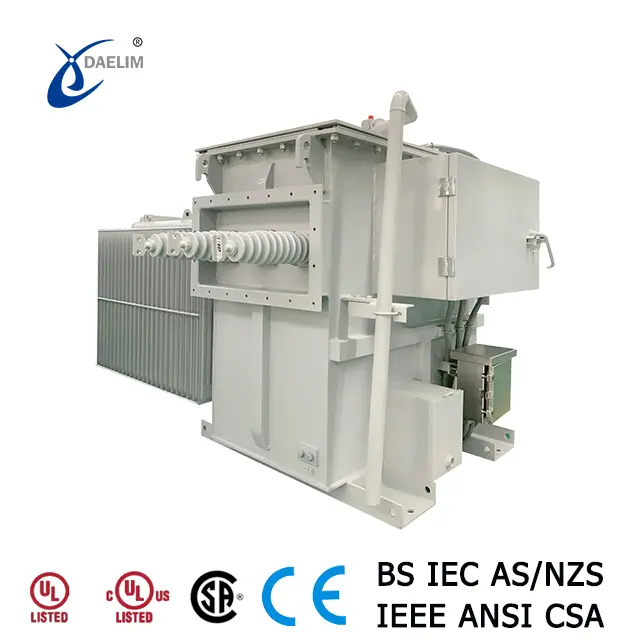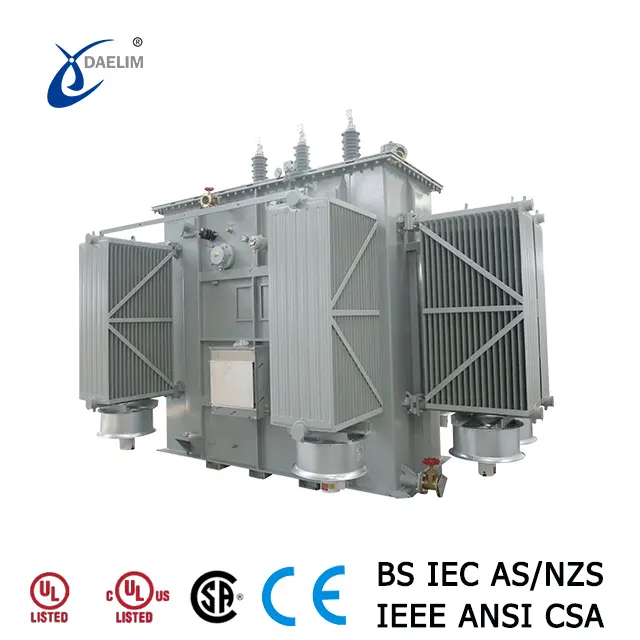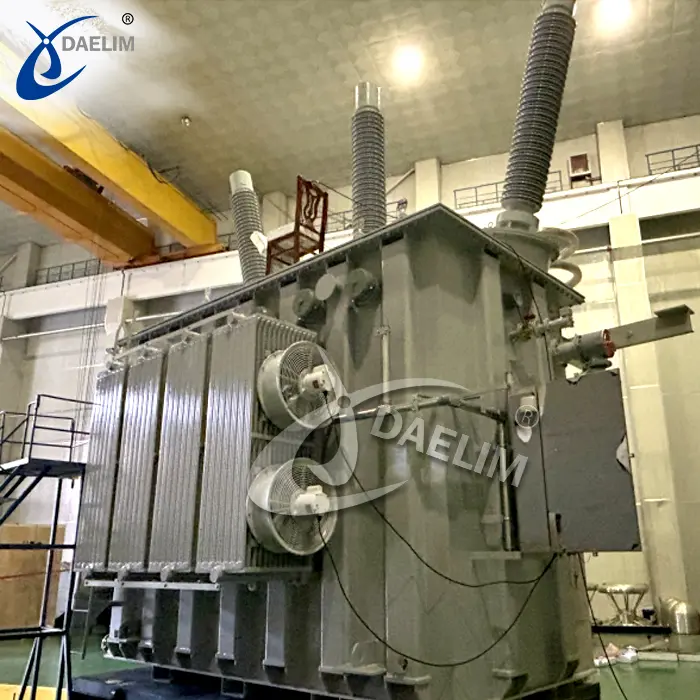Transformer Insulation Failure
Transformer insulation is critical for maintaining electrical integrity and reliability. Two primary types of insulation used in oil-immersed transformers are solid paper insulation and transformer oil insulation. Understanding their characteristics, failure modes, and diagnostic methods is essential for ensuring transformer longevity and operational safety.
Solid Paper Insulation
Solid paper insulation is composed primarily of cellulose fibers, known for their excellent dielectric properties when properly maintained. However, over time, solid paper insulation undergoes irreversible aging, leading to degradation in both mechanical and electrical properties.
Aging Mechanisms
-
Degree of Polymerization: Initially high in new paper (around 1300), decreases with aging, affecting mechanical strength significantly when below 250.
-
Moisture Absorption: Paper's polar nature makes it prone to moisture absorption, weakening fiber interactions and reducing mechanical strength.
-
Chemical Degradation: Generates harmful by-products like furfural under aging conditions, which further degrade insulation performance.
Failure Modes
-
Mechanical Failure: Decreased tensile strength and brittleness under heat accelerate mechanical failure, leading to potential insulation breakdown.
-
Electrical Failure: Reduced breakdown voltage and increased dielectric loss due to degradation products adversely affect electrical performance.
Diagnosis
-
Techniques: Measurement of degree of polymerization, furfural content analysis in oil, and high-performance liquid chromatography are used to assess insulation health.
-
Indicators: Increased furfural levels in transformer oil suggest solid insulation degradation, aiding in proactive maintenance.
Transformer Oil Insulation
Transformer oil serves both as an insulator and coolant, critical for maintaining electrical insulation integrity over time. However, it is susceptible to contamination and oxidation, which degrade its quality and performance.
Deterioration Mechanisms
-
Pollution: Water and impurity ingress reduce breakdown field strength and increase dielectric loss.
-
Oxidation: Oxygen, aided by catalysts like moisture and metal particles, promotes oxidation, forming sludge and acids that degrade oil quality.
Failure Modes
-
Conductive Bridges: Oxidation products and impurities form conductive paths, compromising insulation integrity and increasing risk of electrical faults.
-
Heat Dissipation: Sludge formation hinders oil's ability to dissipate heat, exacerbating insulation aging.
Diagnosis
-
Fault Gases: Monitoring fault gases (like methane, ethane, and acetylene) provides insight into specific failure modes, aiding in targeted maintenance.
-
Analysis: Regular oil sampling and testing for acidity, sludge content, and dissolved gas analysis (DGA) help diagnose degradation and plan maintenance.
The transformer oil fault types and their corresponding fault gases summarized based on experience are shown in the table
| Fault type | Main gas components | Minor gas components |
| Oil overheating | CH4C2H2 | H2, C2H2 |
| Oil and paper overheating | CH4, C2H4, CO, CO2 | H2, C2H6 |
| Partial discharge in oil-paper insulation | H2, C2H4, C2H2, CO | C2H4, CO2 |
| Spark discharge in oil | C2H2, H2 | |
| Arc in oil and paper | H2, C2H2, CO, CO2 | CH4, C2H4, C2H6 |
| Water ingress or bubbling in oil | H2 | |
Conclusion
Effective management of transformer insulation involves understanding the aging processes and failure modes of both solid paper and transformer oil insulation. Regular diagnostic testing and proactive maintenance based on diagnostic results are crucial to extending transformer lifespan and ensuring reliable electrical performance. By addressing these factors, utilities and industries can mitigate risks associated with transformer insulation failures, ensuring uninterrupted power supply and operational safety.
Related Products
Related Article
Transformer Protection Devices
Transformers play a crucial role in power systems, and ensuring their reliability and safety requires the implementation of various protective devices. These devices not only monitor transformer conditions but also act swiftly to prevent potential faults that could lead to operational disruptions or damage.
Classification of Gas Generation During Transformer Operation
Gas generation in transformers can stem from various sources and fault types, each indicating specific operational or insulation issues. Understanding these classifications is crucial for effective maintenance and fault diagnosis in transformer systems.
Diagnostic Methods for Power Transformer Insulation
Power transformers rely on robust insulation systems to ensure operational reliability and longevity. Over time, however, various factors can degrade these insulation systems, necessitating effective diagnostic methods to assess their condition. Here, we explore the key techniques employed for diagnosing both oil and solid insulation in transformers.

